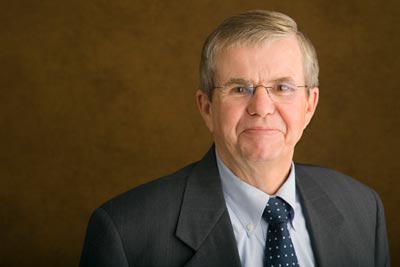By John D. Haeger, President
When the conversation turns to transformational change in higher education, the message is clear.
It’s the reception, apparently, that is posing some issues.
The message, put simply, is that change is upon us and higher education had better adapt quickly. Not surprisingly, the topic occupied a prominent space on the agenda last month at the American Association of State Colleges and Universities annual meeting.
I was among four other college and university presidents on a panel that targeted the issue and discussed it from a variety of angles. We talked about collaboration with for-profit companies to design and deliver courses, open courseware, learning analytics systems and changes in faculty roles.
That we discussed change of this magnitude is significant in its own right. An arena often reserved for theories and wish lists has by necessity become a forum for strategy and implementation. Action is the word of the day.
But as top administrators, we also understand that change—transformational, fundamental change—does not occur in a cultural vacuum. NAU has a long tradition of shared governance and a strong commitment to student success that must be respected.
Faculty, in particular, are feeling the effects of change on a number of levels. Metrics-based performance funding will affect the way they are evaluated. New methods of course delivery, particularly online, are challenging more familiar approaches. Open educational resources infiltrate the standard of faculty control over course materials. MOOCs call traditional credentialing into question.
This is not to say that all faculty view these developments as threats. Many have embraced new technology and fresh approaches as opportunities to serve students more effectively and to demonstrate measureable results.
For others, though, change of this scope inspires resistance. The halls of academe house nimble minds but not, at least collectively, an adeptness for rapid adaptation. Instead, a reputation for glacial deliberation suggests that new ideas, especially those that shift the foundations, may often face an inhospitable reception. I would urge all faculty and staff to embrace new technologies and the performance metrics.
Time to move forward. Today’s students will not indefinitely accept an outdated model of education. Regents and legislators will not reward poor performance on metrics.
If we are to resist anything, it must be the temptation to accept academic stasis. There is no longer a place for it. Innovation has moved into the academy, and we must make enough room to accommodate all that it entails.



